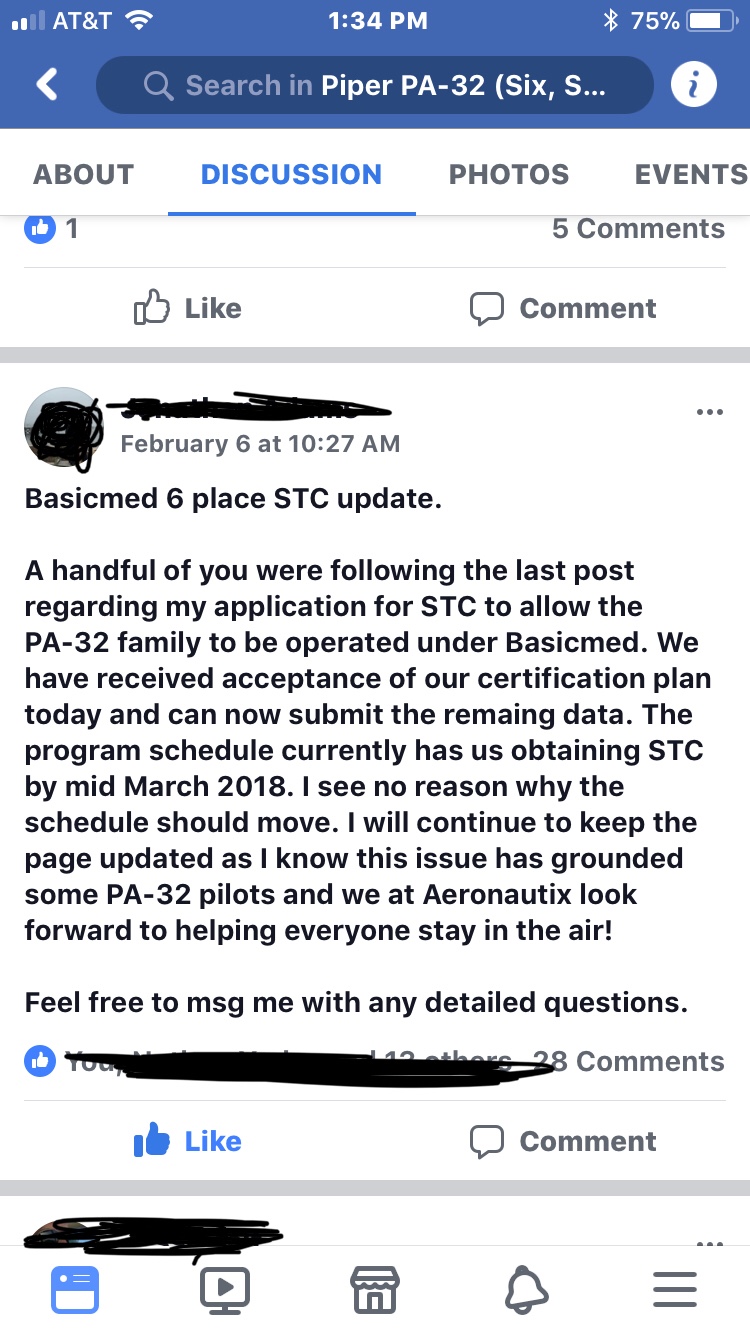There's no need for speculating or interpreting on this issue, as the FAA has published an "FAQ" clarifying which PA32s are "BasicMed" compliant and which are not:
See Question 33 of the below FAQ:
https://www.faa.gov/licenses_certificates/airmen_certification/basic_med/media/basicmed_faq.pdf
"A: The Piper PA-32-260 (Cherokee Six 260) and PA-32-300 (Cherokee Six 300) aircraft are authorized by their type certificate (as set forth in Type Certificate Data [TCDS] A3SO) to be equipped with 6 seats and also to be equipped with 7 seats only if they have been converted by the installation of Piper Kit No. 69072-3. If your PA-32-260 or PA-32-300 is equipped with 6 seats and has not been converted to a 7-seat configuration by installation of the Piper kit, you may fly the aircraft under BasicMed. If your aircraft has been converted to the 7-seat configuration using the Piper kit you may not fly the aircraft under BasicMed. To fly that aircraft under BasicMed you would have to remove the installed kit and document its removal in the aircraft’s maintenance records. An FAA Form 337 would not be required to document the installation or removal of the kit. You may also fly the aircraft under BasicMed if it is equipped with the 6-seat Optional Club Seat configuration.
A total of 14 aircraft models are listed on TCDS A3SO and their eligibility to be operated under BasicMed depends upon the specific aircraft model.
The Piper PA-32R-300 (Lance), Piper PA-32RT-300 (Lance II), PA-32RT-300T (Turbo Lance II), PA-32R-301 (Saratoga SP), PA-32R-301T (Turbo Saratoga SP), PA-32-301 (Saratoga), and PA-32-301T (Turbo Saratoga) are authorized to be equipped with 7 seats. Although the center seats may be removed and replaced by Optional Club Seats to carry 6 occupants and some aircraft are also authorized for an unmodified 6 seat configuration, all these aircraft are authorized to carry more than 6 occupants without further modification and therefore may not be operated under BasicMed. These aircraft may only be operated under BasicMed pursuant to the issuance and inclusion in their type design of a Supplemental Type Certificate (STC) that restricts the aircraft to 6 seats.
The PA-32R-301 (Saratoga II HP), PA-32R-301FT (Piper 6X), and PA-32R-301XTC (Piper 6XT) are only authorized to be equipped with 6 seats and may be operated under BasicMed.
The PA-32R-301T (Saratoga II TC) is authorized to be equipped with 5 or 6 seats and may be operated under BasicMed.
The PA-32S-300 (Cherokee Six Seaplane), PA-301-32R-301 is authorized to be equipped with 7 seats and may only be operated under BasicMed pursuant to the issuance and inclusion in its type design of an STC that restricts the aircraft to 6 seats.
If your aircraft has been altered to permit the installation of a 7th seat by an STC, the seat may be removed and the aircraft may be operated under Basic Med provided the removal is recorded in the aircraft’s maintenance records and also on FAA Form 337 (unless the removal instructions were provided as part of the STC)."

